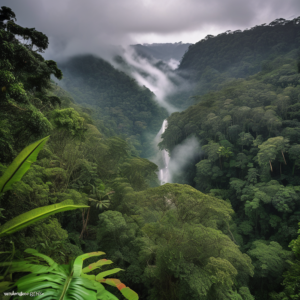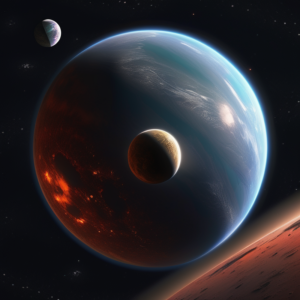New Research Challenges Moon Formation TheoriesScientists Suggest Earth and Moon May Be More Alike Than Previously Thought

Scientists at the University of Göttingen have uncovered evidence that may challenge the widely accepted theory of the Moon’s origin. Their findings suggest that Earth and the Moon share a closer connection than previously believed, prompting a reevaluation of the collision hypothesis involving the protoplanet Theia.
A Cosmic Mystery: The Moon’s Formation
The Moon, Earth’s closest celestial neighbor at just 385,000 kilometers away, has long fascinated scientists. Despite its proximity and extensive study, the Moon still holds mysteries, particularly regarding its formation. The leading theory posits that a cataclysmic collision between early Earth and a Mars-sized protoplanet named Theia led to the Moon’s creation.
This theory asserts that Theia contributed about 70% of the Moon’s material, with the remaining 30% coming from Earth. However, new data from researchers at the University of Göttingen and the Max Planck Institute suggest a more complex scenario—one that redefines Theia’s role.
Earth and Moon: A Surprising Similarity
The Göttingen research team conducted a detailed analysis of 14 Moon samples and 191 Earth mineral measurements. They discovered strikingly similar oxygen isotope compositions between the two bodies. These findings conflict with the idea that most of the Moon’s material came from Theia and imply a much closer relationship between Earth and the Moon.
Andreas Pack, a co-author of the study, proposed an alternative hypothesis: “One idea is that Theia lost its rocky mantle during earlier collisions and collided with the early Earth as a metallic core, like a cannonball.” This scenario suggests that Theia’s remains might now reside within Earth’s core, while the Moon formed predominantly from Earth’s mantle material.
Revealing Clues About Earth’s Water
The findings also offer insights into the origin of Earth’s water. The prevailing theory holds that water was delivered to Earth after the Moon’s formation via a series of meteorite impacts. These impacts, more frequent on Earth than the Moon, should have created differences in their isotopic compositions.
However, the new data show no such differences. Lead author Meike Fischer explained, “This rules out many meteorite classes as contributors to Earth’s water.” The study points to enstatite chondrites—a rare type of meteorite with isotopic and chemical similarities to Earth—as a likely source of Earth’s water.
A New Perspective on Ancient Mysteries
Published in the Proceedings of the National Academy of Sciences, the Göttingen team’s findings shed fresh light on the Moon’s formation and Earth’s water origins. While the Theia collision hypothesis remains central, the new data highlight how much remains to be uncovered about the history of our planet and its satellite.
As these new hypotheses are explored, they promise to deepen our understanding of the dynamic processes that shaped the early Solar System and the interconnected fates of Earth and its Moon.






